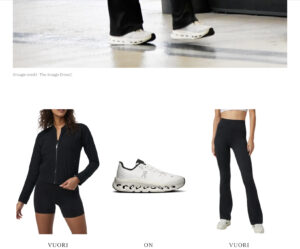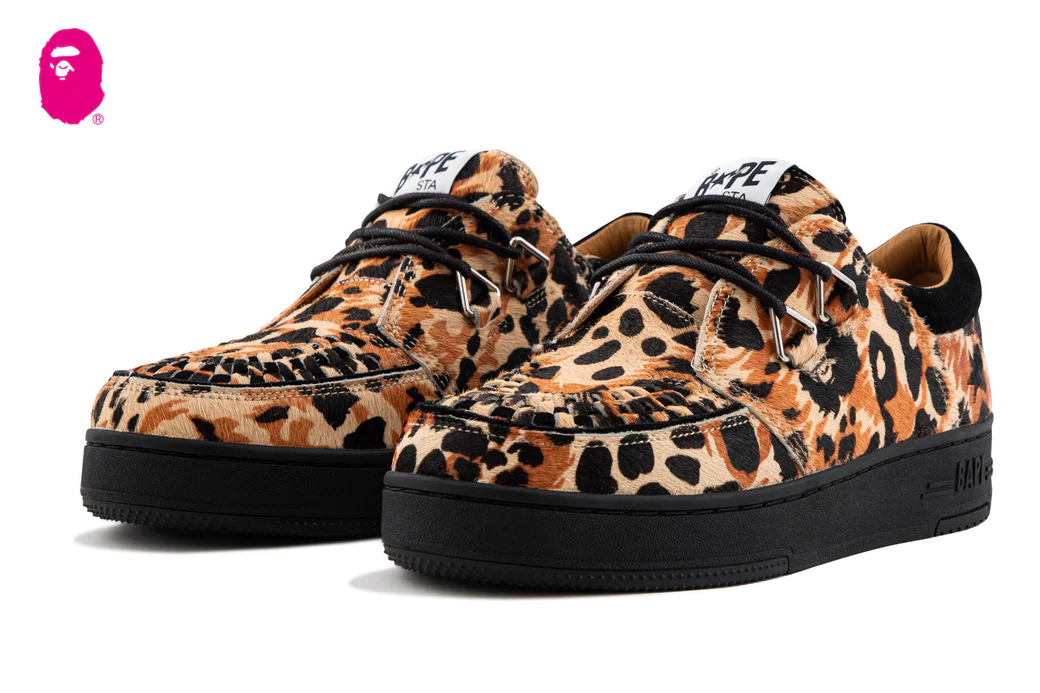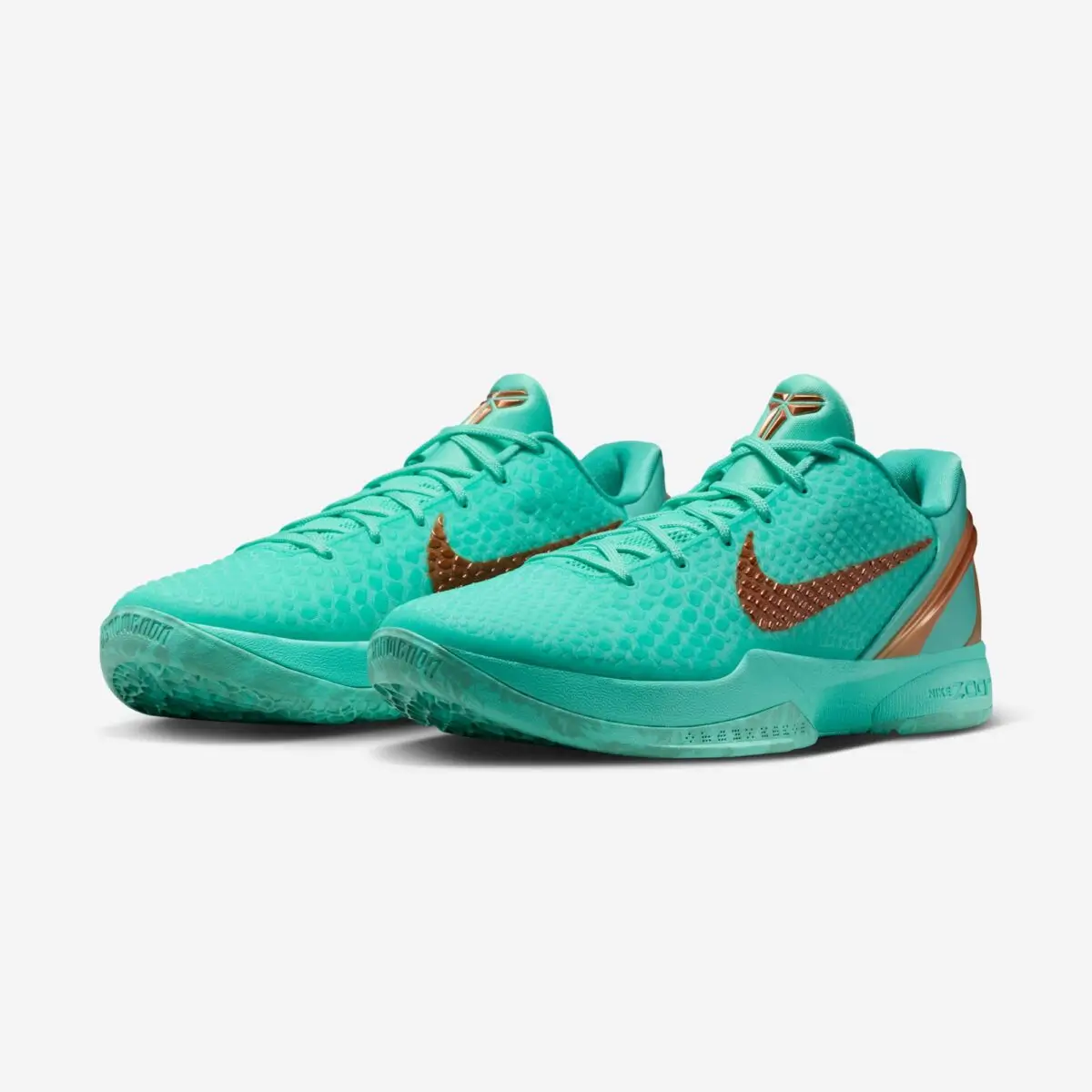Trends are dying—again. But this time, the funeral is quieter. Less of a dramatic collapse and more of a conscious uncoupling. There are no neon explosions or TikTok backlashes, just the sight of two of the most fashion-forward women on the planet—Kaia Gerber and Zendaya—stepping out in the same quietly engineered pair of On sneakers. No logos, no bedazzled tongues, no thick-soled aggression. Just clean, neutral-toned function wrapped in subtle haute. It’s the fashion equivalent of a soft reset.
The Rise of the Anti-Trend
Fashion is addicted to cycles. It thrives on the new-new: micro-trends, colorways, capsule drops, seasonal obsessions. But what happens when the most watched style icons reject that rhythm? When Kaia Gerber and Zendaya, two women with closets that span couture houses and streetwear archives, choose to wear On—the Swiss running brand known more for performance than pizzazz—they send a signal. It’s not rebellion, exactly. It’s a withdrawal from the algorithm.
The anti-trend isn’t about wearing the opposite of what’s popular. It’s about opting out altogether. And nothing illustrates that better than the shoes. On’s silhouettes—Cloudmonster, Cloudnova, Cloud X—don’t scream status. They suggest motion. These are shoes for people who move, who work, who don’t need their footwear to do the talking. For Gerber and Zendaya, that’s the point.
Why On? Why Now?
On’s rise in the fashion consciousness is part of a broader moment. The brand has already carved out a massive presence in performance running, fueled by tech-forward design and endorsements from elite athletes. But its slow-burn crossover into the celebrity world hasn’t been about hype—it’s been about alignment.
Zendaya, fresh off a global press tour for Challengers, has leaned into athleticism as a fashion story. In the film, she plays a tennis prodigy; off-screen, her looks echo the discipline and power of sport. She could’ve gone with the usual suspects—Nike x Sacai, Adidas collaborations, luxury sneakers from Dior or Louis Vuitton. Instead, she laced up On. Kaia Gerber, equally known for her clean, minimalist approach to style, has been spotted in On sneakers at the airport, on the street, and leaving Pilates. It’s consistent with her brand: practical, edited, effortlessly cool.
On shoes are also oddly democratic. They don’t announce wealth. They don’t gatekeep style. You can buy a pair for under $200. That accessibility matters in an era when fashion is trying to reckon with sustainability and overconsumption. Gerber and Zendaya aren’t preaching minimalism—but they are practicing it.
Anti-Trend as Power Move
Trends are a form of control. They dictate what’s “in,” force turnover in wardrobes, and reward those who can keep up. But lately, the smartest dressers are stepping out of that game. Anti-trend dressing is about personal consistency. It’s about clarity.
We’ve seen glimpses of this before. The ‘90s had Carolyn Bessette-Kennedy. The 2010s had Phoebe Philo’s Celine era. Today’s anti-trend mood is more widespread, more performative in its refusal to perform. Gerber and Zendaya aren’t dressing against trends—they’re moving past them.
There’s also strategy here. Anti-trend dressing is powerful because it’s self-contained. It doesn’t beg for validation. When someone like Zendaya wears On shoes, she’s not trying to break the internet. She’s building an identity. The difference between being trendy and being stylish is control. Trends are borrowed; style is owned.
Fashion’s Slow Culture Shift
Look at the broader fashion climate. Brands are pivoting away from fast-cycle drops and moving toward “perennial” collections—timeless items that can live across seasons. Lyst’s 2024 report showed that searches for “quiet luxury” and “minimal sneakers” surged year over year. People aren’t just over trends—they’re exhausted by them.
Fashion fatigue is real. The churn of TikTok-led microtrends—coastal grandma, tomato girl, balletcore—has left consumers disoriented. The idea that your wardrobe should evolve every three months is not only unsustainable, it’s intellectually insulting. Style shouldn’t be a personality filter. It should be a reflection of how you live, not what’s trending on Instagram Explore.
In that climate, On sneakers are perfectly pitched. They don’t demand attention. They suggest intentionality. They’re the shoes you wear not to be seen, but to get somewhere.
The Celebrity Effect—With a Twist
Celebrities have always been arbiters of style. But what makes Gerber and Zendaya different is their detachment from the churn. They’re not just style stars; they’re culture editors. They curate. And lately, they’ve been curating for clarity.
Compare this with how trends used to work. In the 2000s, a paparazzi shot of a celebrity in Uggs or Juicy Couture was enough to set off a global wave of copycats. Today, audiences are more skeptical. They see through product placement and sponsored content. Authenticity isn’t just desired—it’s demanded.
That’s what makes On’s rise through Gerber and Zendaya so compelling. It feels unforced. These aren’t marketing campaigns. They’re moments. And they’re reshaping what influence looks like in 2025.
Sneakers as Philosophy
The anti-trend movement isn’t just about sneakers, of course. But footwear is symbolic. It’s functional. Grounded. What you wear on your feet says a lot about how you move through the world. Are you looking to be noticed, or to move freely? Are you announcing your status, or defining your pace?
On sneakers suggest intention without flash. They’re beautifully engineered but visually neutral. They work with everything—leggings, tailoring, denim, even dresses—and they don’t clash with your narrative. They support it.
That’s a subtle but radical shift. For years, sneakers were weapons of branding. Chunky soles, visible logos, aggressive styling—they were designed to dominate attention. On is the opposite. It’s not anti-fashion. It’s post-fashion.
From Performance to Culture
It’s worth remembering that On didn’t come from fashion. It came from function. Founded in Switzerland by athletes, its early success was rooted in running innovation. The CloudTec sole, the lightweight build, the ergonomic fit—it was designed for efficiency, not for curb appeal.
That authenticity is part of the appeal. In a fashion world oversaturated with faux exclusivity and gimmicky collabs, On offers something rare: original purpose. It wasn’t invented for Instagram. It works offline.
Now, ironically, it’s becoming a staple of the hyper-online world. But not in the way you’d expect. On shoes don’t go viral for flash. They spread quietly—through real-life wear, through repeat sightings, through a slow build of recognition. It’s fashion via osmosis, not spectacle.
The Next Chapter: Post-Trend Culture
What happens when more people opt out of trends? When wardrobes are built for consistency, not clout? That’s the question fashion is starting to confront. And Kaia Gerber and Zendaya might be leading the way—not by starting a movement, but by modeling a mindset.
Post-trend doesn’t mean style dies. It means it matures. It becomes less reactive and more reflective. In a world that’s constantly refreshing, the most radical choice is to stay the same. To know what works for you, and stick with it.
That doesn’t mean giving up on experimentation or joy. It means shifting the focus from consumption to coherence. From spectacle to substance.
Impression
Fashion will always reinvent itself. But not every reinvention needs to be loud. Sometimes, the quietest choices are the most influential.
Kaia Gerber and Zendaya didn’t hold a press conference to declare they’re done with trends. They just wore sneakers that let them move—gracefully, intentionally, freely. And people noticed.
Maybe that’s the future of fashion: not about what you wear to stand out, but what you wear to stay grounded. On shoes aren’t just a style choice. They’re a direction. And more and more, it looks like the smartest way forward is to walk away from the noise.
No comments yet.









